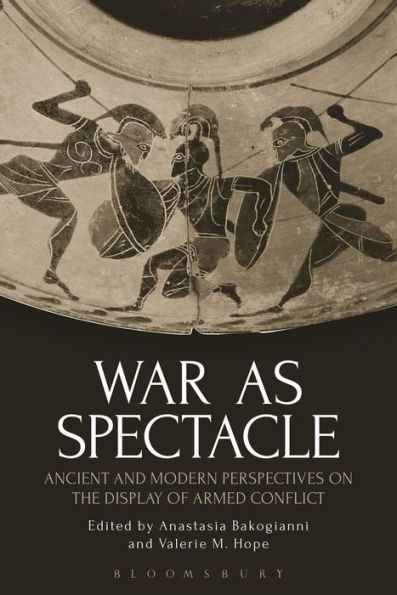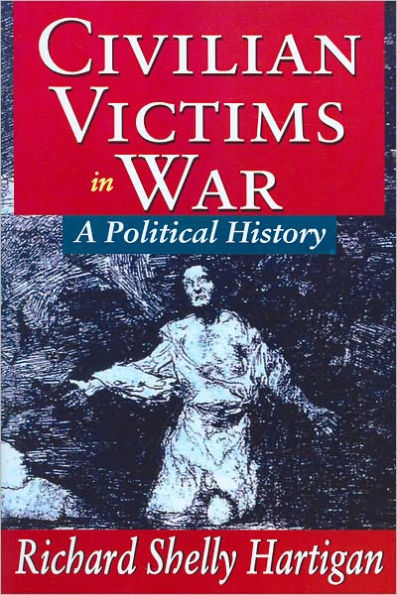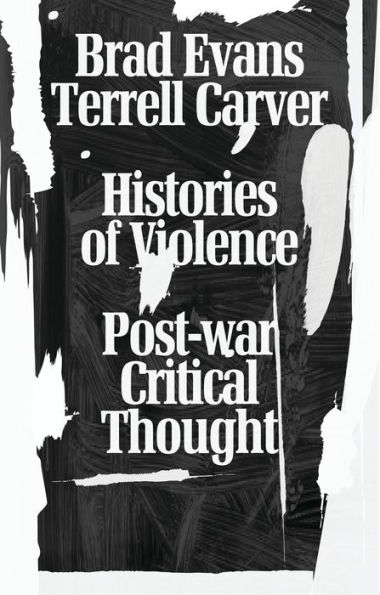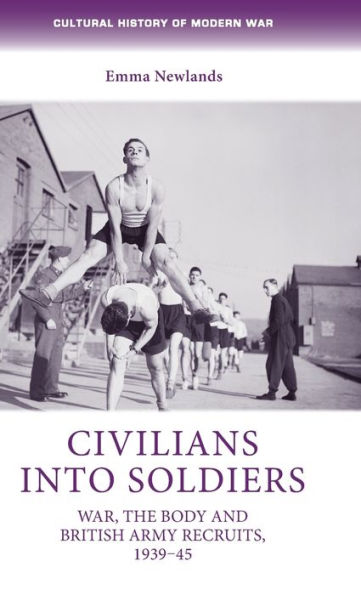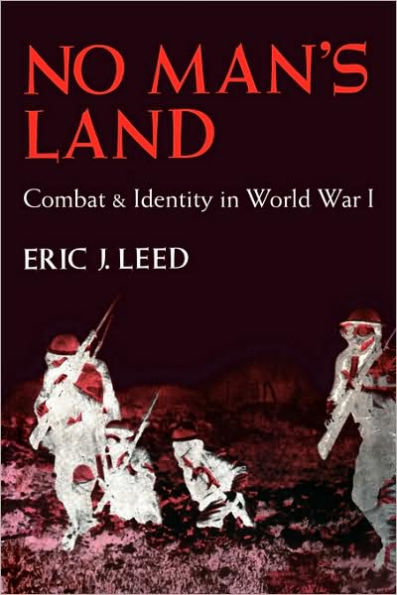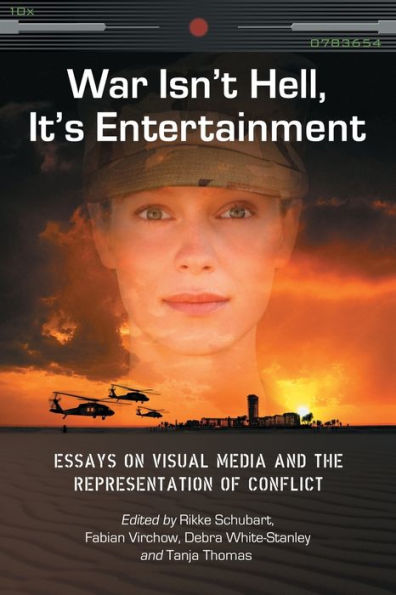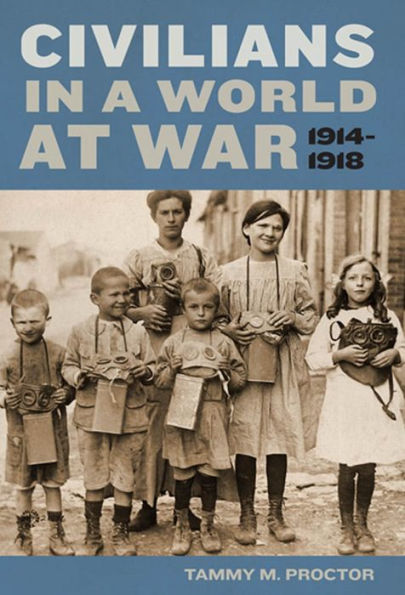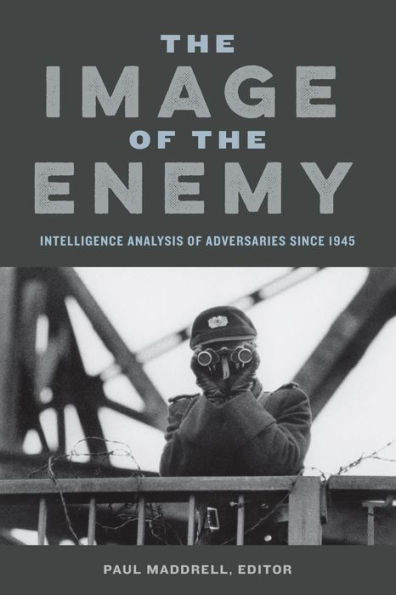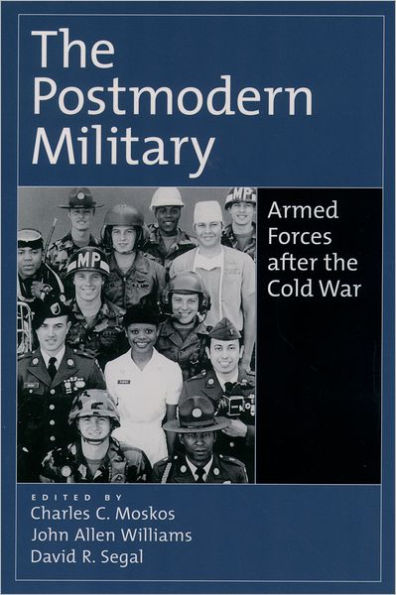Home
the Image before Weapon: A Critical History of Distinction between Combatant and Civilian
Loading Inventory...
Barnes and Noble
the Image before Weapon: A Critical History of Distinction between Combatant and Civilian
Current price: $49.95


Barnes and Noble
the Image before Weapon: A Critical History of Distinction between Combatant and Civilian
Current price: $49.95
Loading Inventory...
Size: Hardcover
*Product Information may vary - to confirm product availability, pricing, and additional information please contact Barnes and Noble
In
, Kinsella explores the evolution of the concept of the civilian and how it has been applied in warfare. A series of discourses—including gender, innocence, and civilization—have shaped the legal, military, and historical understandings of the civilian and she documents how these discourses converge at particular junctures to demarcate the difference between civilian and combatant. Engaging with works on the law of war from the earliest thinkers in the Western tradition, including St. Thomas Aquinas and Christine de Pisan, to contemporary figures such as James Turner Johnson and Michael Walzer, Kinsella identifies the foundational ambiguities and inconsistencies in the principle of distinction, as well as the significant role played by Christian concepts of mercy and charity. She then turns to the definition and treatment of civilians in specific armed conflicts: the American Civil War and the U.S.-Indian wars of the nineteenth century, and the civil wars of Guatemala and El Salvador in the 1980s. Finally, she analyzes the two modern treaties most influential for the principle of distinction: the 1949 IV Geneva Convention Relative to the Protection of Civilian Persons in Times of War and the 1977 Protocols Additional to the 1949 Conventions, which for the first time formally defined the civilian within international law. She shows how the experiences of the two world wars, but particularly World War II, and the Algerian war of independence affected these subsequent codifications of the laws of war.
As recognition grows that compliance with the principle of distinction to limit violence against civilians depends on a firmer grasp of its legal, political, and historical evolution, The Image before the Weapon is a timely intervention in debates about how best to protect civilian populations.
